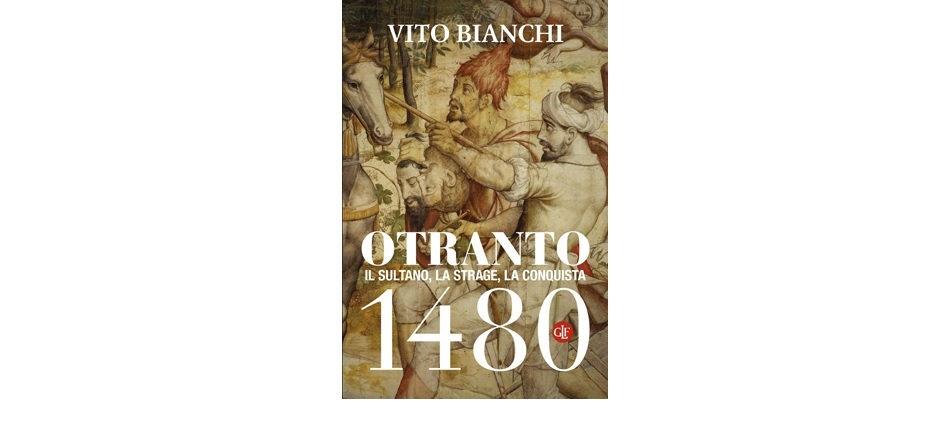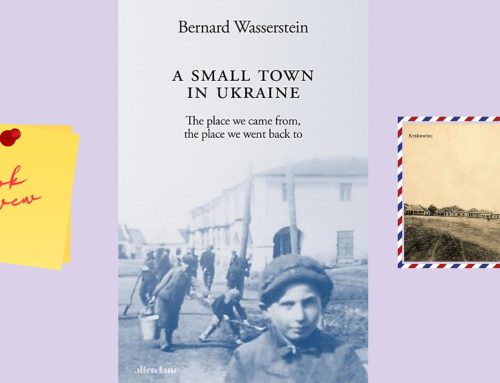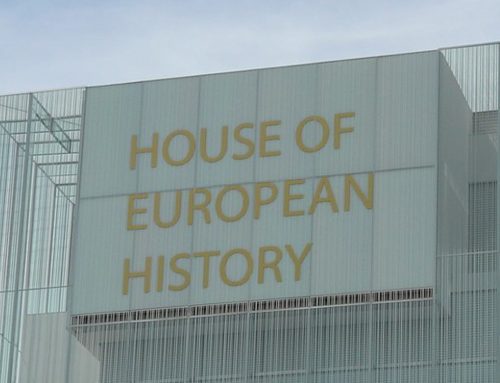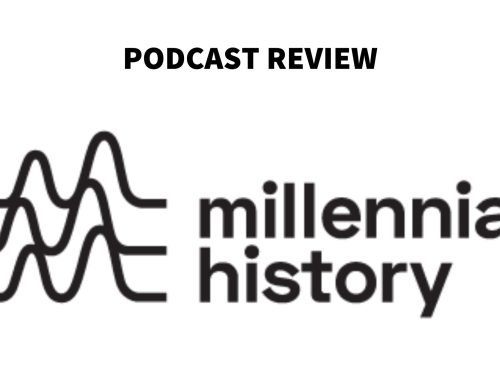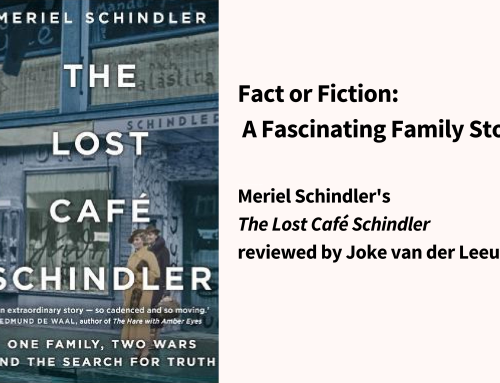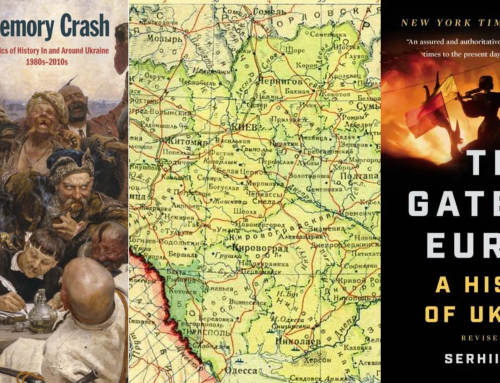In the radical position taken by the Scottish philosopher David Hume (1711–1776) we don’t get a real notion of the “self”. When I say “I” it means that I allow to a bundle of perceptions and a history of passed perceptions (our memories) to become my identity’s core idea. I.e. I am always my own on-going representation. Apparently the same process happens collectively. What is a community? A community seems to be a collection of memories. It does not depend on territory, language, ethnicity or religion. There are plenty of examples of communities without a precise territory, bi- or multi-lingual, multi-ethnic or multi-religious (though in the last case there is often a dominant religion), but all of them share somehow a pool of memory tales.
Historically speaking this has been surely the case of the community of Otranto, a small Italian town on the Adriatic Sea shore, only few miles from the Albanian cost. During the Roman and the Byzantine period its role and importance were inversely proportional to the Albanian coast distance. The oriental schism put it on the border between western and eastern Christianity. Once the Ottoman conquered Constantinople (1453), Otranto, at the time part of the Kingdom of Naples, became a defensive outpost against Turkish expansion. At least this is what one could believe according to a simplistic vision of history as clash of civilizations. Actually the king, Ferrante of Aragon (Ferdinand I) was much more involved in the Italian politics than in other geopolitical issues. Many of his military efforts were aimed to gain the greatest possible influence in Italy, leaving Otranto region quite undefended. The Ottomans, instead, after the victorious end of the first Ottoman-Venetian war (1463-1479) and conquest of Constantinople (1453) felt free to rebuild the unity of Byzantine Empire under their rule.
This is the background to the Ottoman expedition that took Otranto in 1480 and to Vito Bianchi’s book “Otranto 1480 – Il sultano, la strage, la conquista” (Otranto 1480 – The sultan, the massacre, the conquest). Mehmet II the Conqueror (1432-1481), calling himself also Qayser-i Rûm (Roman Emperor), planned to be the new Justinian. He was a multi-layered, multifaceted and very complex figure to whom religion was not as important as it was to future generations who shaped the narrative of what happened in Otranto in 1480. Vito Bianchi describes vividly in this book the scenario of the Ottoman attempt to conquer the former Byzantine territories, Ottoman tactics as well as Otranto’s defenders’ strategies.
The invaders came prepared with huge amount of soldiers and warfare material, weapons, siege machines and logistics. Led by Gedik Ahmed “Toothless” Pasha (?-1482) they tried to impress the besieged in order to offer them an honourable capitulation instead of a bloody fight. The defenders, after a brief consulting, decide to resist at any cost, waiting for promised reinforcements that never appeared. After couple of weeks Otranto had to surrender, which led to plundering, pillaging and killings. As is usual after a fierce siege, the Ottoman killed in cold blood, with a solemn ceremony, those inhabitants of the city that were unfit for slavery and useless as prisoners to be ransomed. This theatrical enactment was surely aimed to terrorize the population of possible future targets.
More or less eight hundred people were implacably beheaded on a hill just outside the city. After a long-lasting canonization process, Pope Francis proclaimed them saints on 12th of May 2013. The Catholic Church stated that they were killed because they refused to abjure. However, Vito Bianchi shows that according to evidence, “there wasn’t any conversion request at all, no faith blackmail or Christian martyrdom: at that point events were beyond the no return”.
But there was the memory. Firstly, the beheading accounts, handed out by the witnesses: a tale full of various prodigies concerning the victims’ bodies. Secondly, the story of the remains, venerated openly, at least from the moment the Ottoman were forced to withdraw (mainly because of the plague): a narrative taken as a proof of sanctity of the dead people and somehow of the Otranto community as well. And finally the political account of the crusade against the infidels who invaded the Italian peninsula.
“The bulk of the massacred bones rest in Otranto Cathedral, where the local familiarity with the slaughter victims of the Turks and the sincere piety toward the fate of many known and remembered people, will keep alive feelings of deference, mingling martyrdom and simple emotion for the loved ones. Spontaneous, popular and firm, this intensely religious communal bound is engineered by the Roman Church to mean what it did not really mean, i.e. a symbol of the fight between the Cross and the Crescent”.
Why should you not read this book?
I quoted this passage because anyone could see that nowadays such a statement is, or could be highly controversial. It seems that the Otranto popular sentiment is not very keen to dismiss the actual sanctity of their martyrs.
Why should you read this book?
Even the Church had some doubts about this martyrdom. The canonization process was opened in 1539. The massacre victims were proclaimed “servants of God” only in 1771, very likely under the pressure of Ferdinand IV of Bourbon, King of Naples. But the full consecration happened only later, after the 500th massacre anniversary. During this half a millennium the town and its community venerated those dead people and, by means of this veneration, nurtured its own identity.
How can history, citizenship and heritage education benefit?
This book is very fine example of multi-perspective history and source interpretation. In the end the historian can ask about this historical episode: was it a clash of civilizations? Was it a symbol of the eternal fight between “us” and “them”? The answer seems to be negative. After all, it was firstly and mainly a question of secular politics on both sides.
Unfortunately the book is available only Italian, but perhaps this review could encourage translations in some EuroClio languages.
Otranto 1480 – The sultan, the massacre, the conquest
| Author | Vito Bianchi |
| Original title | Otranto 1480 – Il sultano, la strage, la conquista |
| Original language | Italian |
| Available in | Italian |
| Language read | Italian |
| No. of pages | 310 |
| Genre | History |

